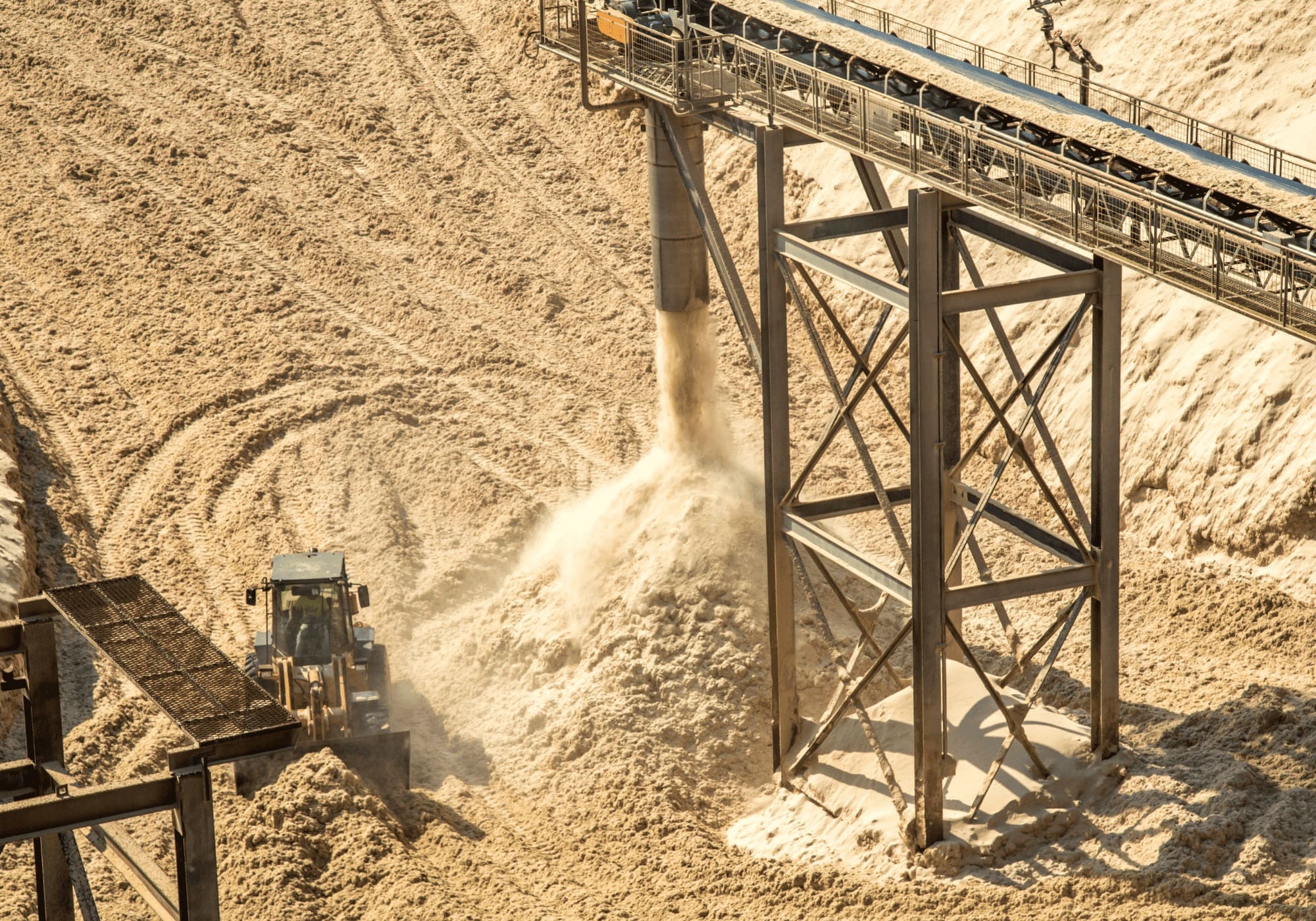The fascinating journey of Bagasse to Paper
Sugarcane is one of the ingredients used to make sugar, as is widely known. A by-product of sugar mills, bagasse is a specific raw material used extensively for paper manufacturing. What is your understanding of sugarcane bagasse paper? What is the bagasse to paper process? Read till the very end to find out all the answers.
Sugarcane is a raw material made up of stem fibre that grows in a year and has the same length as hardwood fibre. The data reveals that the fibre structure of sugarcane varies depending on the planting region, climatic circumstances, and growth phase. Bagasse fibre is half the length of softwood fibre, which is about equivalent to or superior to hardwood fibre.
The breadth is less than softwood fibre but comparable to hardwood fibre. The length-to-weight ratio is comparable to most wood fibres, making it an ideal choice for paper production. After demyelination, bagasse is a useful raw material for papermaking. Sugarcane bagasse is a grass fibre that is easy to cook and bleach and requires fewer chemicals.
Despite having a greater silicon concentration than wood, glass fibre composites have a reduced silicon content. As a result, bagasse pulping and alkali recovery technology and equipment are more developed and straightforward than other grass fibre sources, making the bagasse to paper conversion process much easier.
The Bagasse to Paper Process
About half of the sugarcane bagasse might well be utilized for papermaking after the sugar press. Some cane marrow has little interweaving strength and must be eliminated before pulping. As a result, materials must be prepared before pulping. The typical bagasse preparation begins with semi-dry decontamination at the sugar factory, followed by packaging and shipment to the paper manufacturing plant for dry storage. After that, the degumming machine, either horizontal or vertical, is used to remove the gum.
Creating Pulp from Bagasse
The common pulping process for bagasse is outlined below:
- Cooking
- Washing
- Screening
- Bleaching

The digester is the most typical cooking apparatus for bagasse pulping. Because bagasse is generally easy to cook, small-scale businesses can consider using a rotating digester as cooking hardware because of the benefits of inexpensive investments, simple maintenance, and versatility.
Important benefits when bagasse is used for making paper:
- Cooking time is quick, alkali and steam utilization are low, and pulp production is good.
- The wood pulp ratio can be lowered.
- The macro process is simple to use and control due to its small design.
The entire system is managed centrally, and the cooking apparatus operates securely thanks to robust and dependable DCS interlock control. Inexpensive labour costs and low maintenance make it ideal for large-scale sugarcane bagasse pulp and paper manufacturing.
Cooking
The application of cold blow can prevent fibre damage, increase pulp quality, and improve heat recovery. The continual cooking equipment is reasonably dependable and adequate because bagasse has a low bulk density, high compressibility, simple plug formation, and excellent liquid absorbing capability.
Washing
The vacuum drum washer is the most popular piece of pulp cleaning equipment. Due to its minimal cost, easy operation, and excellent black liquor extraction efficiency, many pulp mills employ this device as pulp washing equipment.
Screening
Traditionally, an open low-concentration screening method with a screening intensity of 0.8-1.0 per cent has been used. CX sieve and low concentration desander are commonly used in pulp mills. Water usage per tonne of the pulp can reach 100m3, with sewage expelled at 75m3, resulting in a corresponding rise in production costs. To address the fact that traditional screening and purification systems consume a lot of water, having a large screening and purification framework will produce a poor quality slurry after screening and generate a lot of wastewater. This becomes difficult to treat; thus, bagasse pulp and paper mills now use a medium concentration closed screening framework.

Bleaching
Bagasse pulp from sugarcane is easy to bleach. Because conventional CEH three-stage bleaching can bleach bagasse pulp to an ISO of 80 per cent, the older sugarcane bagasse pulp factories mostly employ CEH three-stage bleaching. Nevertheless, chlorinated organic chemicals, such as dioxin, a carcinogen found in the waste liquid emitted by chlorine bleach, have recently gained international recognition. Because the CEH three-stage bleaching procedure has a severe environmental impact, lesser chlorine or perhaps even chlorine-free bleaching will become more common.
Sugarcane bagasse pulp is comparable to hardwood pulp in that it has a short fibre with little tearing. Sugarcane bagasse pulp may almost entirely replace hardwood pulp in most types of paper production. The bleached chemical bagasse pulp may be used to manufacture a range of high-grade bagasse paper products like high-grade toilet tissue, copy paper, coated base paper, double-adhesive paper, paper towels, and so on, after being mixed with a specified number of long fibres. One can even manufacture high-quality copper base paper and newsprint with the right papermaking method.
The use-value of bagasse that was once burnt as fuel is raised when it is employed as a raw resource for papermaking. Each tonne of bagasse may substitute 0.5 to 0.8 m3 of papermaking components as raw material, allowing sugarcane bagasse paper making to fully use available resources while also contributing to environmental conservation.
The Coniferous brings you all the right news from the industry to help users incline towards a greener approach to paper products. Products like bagasse paper and other eco-friendly alternatives are bringing on the new age transformation for the industry and Coniferous aims to go ahead of the curve and bring quality products to its patrons across the country and
beyond borders.
Also, learn more about biomass energy in pulp and paper mills.
